




Being a physicist requires a lot of personal work, even when I'm not at the lab. But I try to practice some leisure activities on a regular basis:
Find more details below...
My Blue Moonshine channel proposes videos about various topics, tutorial, and DIYs, ranging from physics, math, computer science, and chemistry, to old videogames that ran on ZX Spectrum, Amstrad CPC, Atari ST, and Amiga computers, for nostalgic people like me. There you can find tutorials on How to make nitroglycerin at home (it's fun... and dangerous), a piano tutorial to learn how to play We Are The Champions by Queen, a tutorial on how to peel a banana (yes, I'm pretty sure you need a tutorial for that), my complete solution with detailed explanations to Maupiti Island released by Lankhor and which I consider as the best videogame ever, and many more!
Check my playlists here: Blue Moonshine.
You don't choose Tango... Tango chooses you! Believe me, once you have tasted it, you can't stop it! This is also how I met my wife. There is no predefined choreography in Tango. The art, as a leader, is to be able to tell the follower what you want to do without words! The language in Tango is spoken by your body, and especially by the motion of your chest. Some additional signals can be used, like small pressure with the hands or eye contact. The leader must be able to make the follower feel comfortable, and for this, it is important to establish a close connection with the follower.

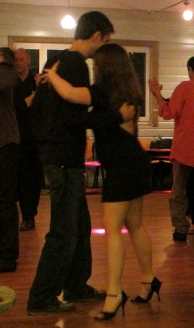
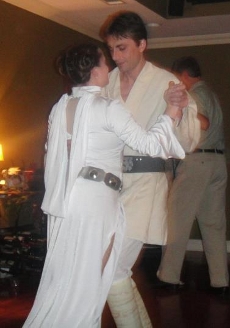
Here is below an Argentine Tango performance by my teachers, Sarah Kyker and Ector Gutierrez:
Sarah Kyker and Ector Gutierrez teach Beginner I (6:30pm), Beginner II (7:30pm), and Intermediate/Advanced (8:30pm) Tango at Dance Quarter every Monday, 1719 Toledano St., New Orleans, LA. Visit Sarah's Facebook page for more information.
Yes, my wife taught me how to use a sewing machine and a serger. I wrote a program which takes the person's measurements (e.g. waist circumference, hip circumference, waist to hip length, ...) in input, and automatically generates patterns. Below are examples of patterns and skirts that I made:
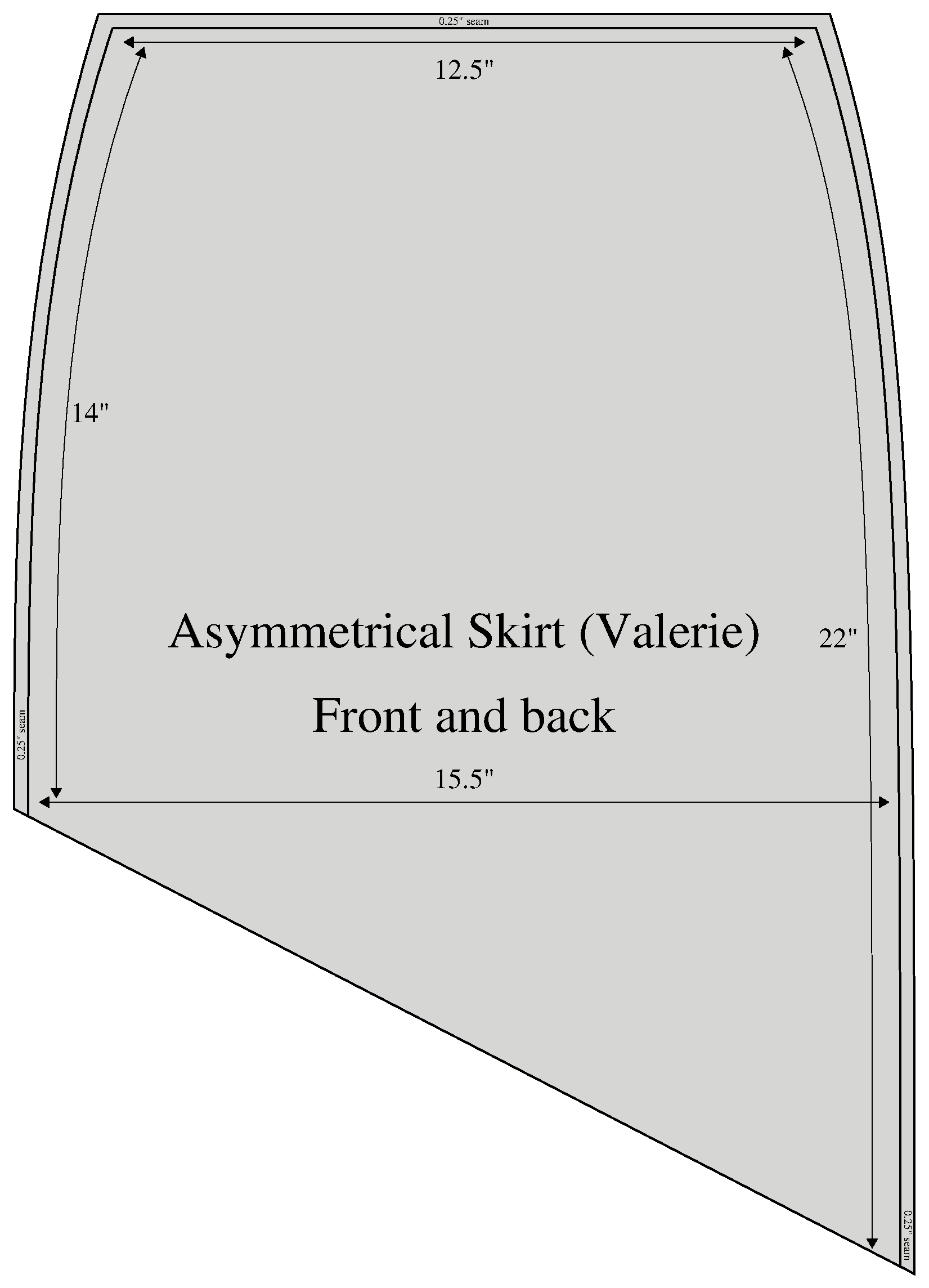

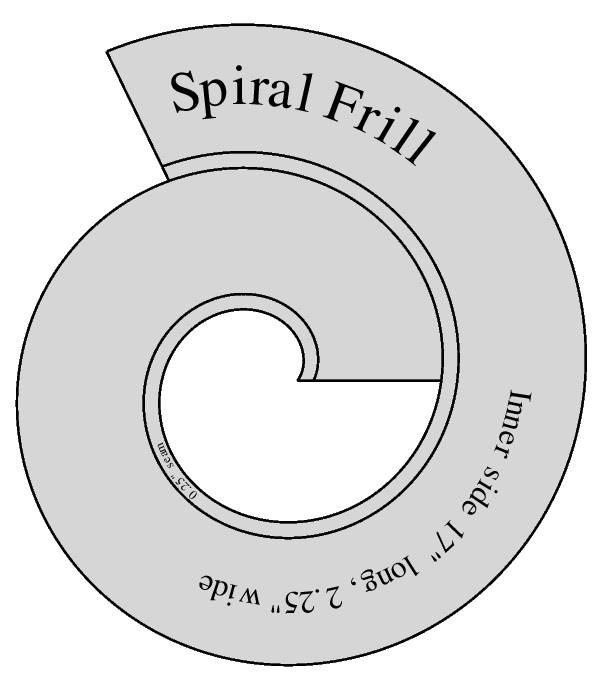
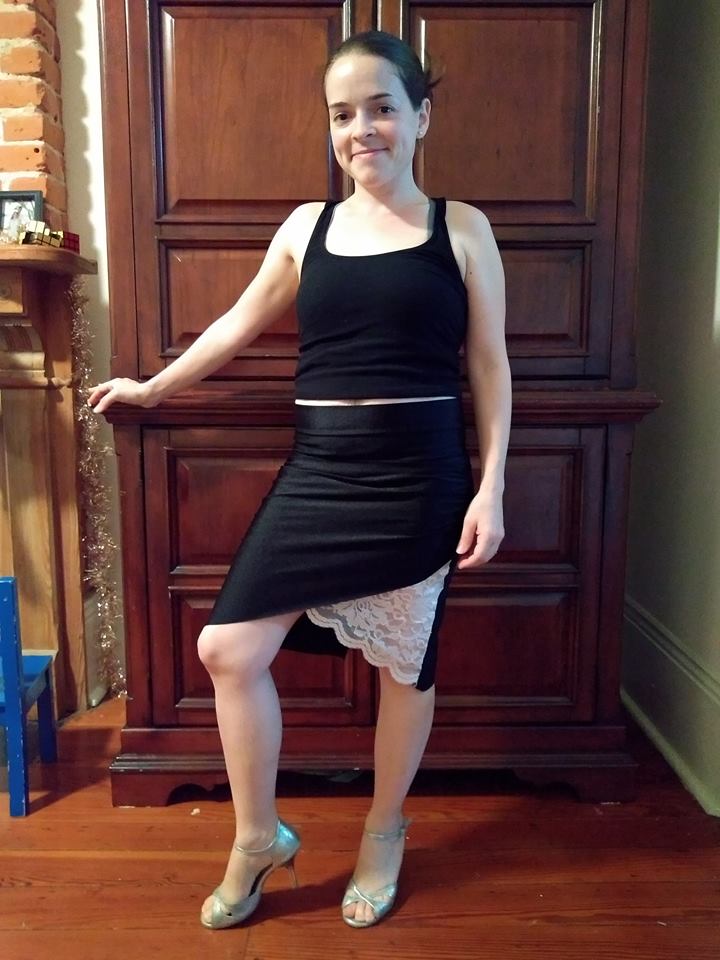
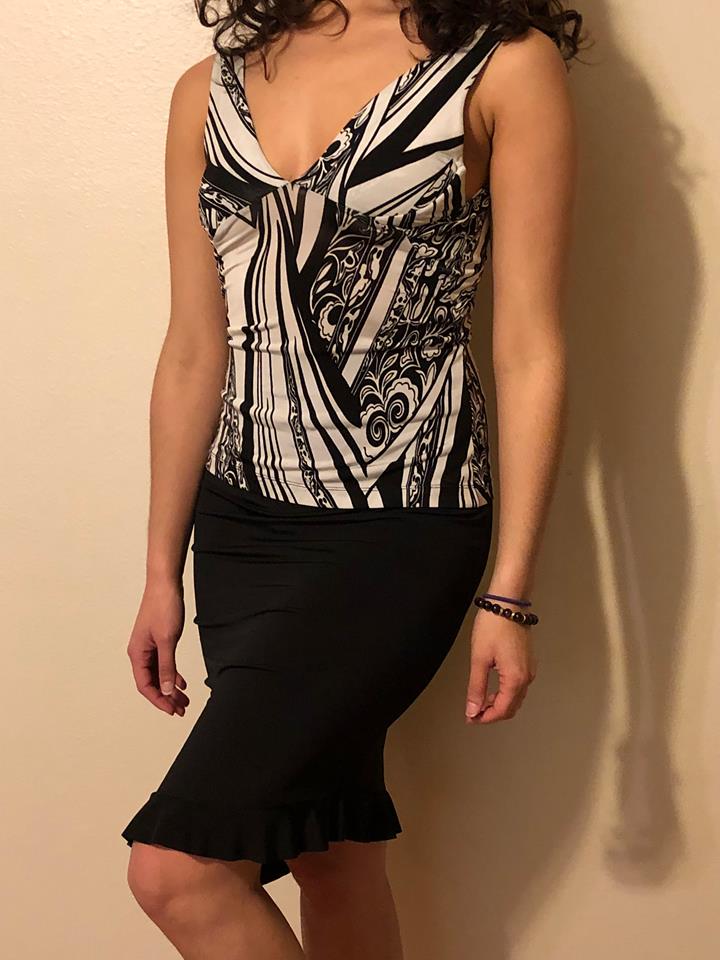
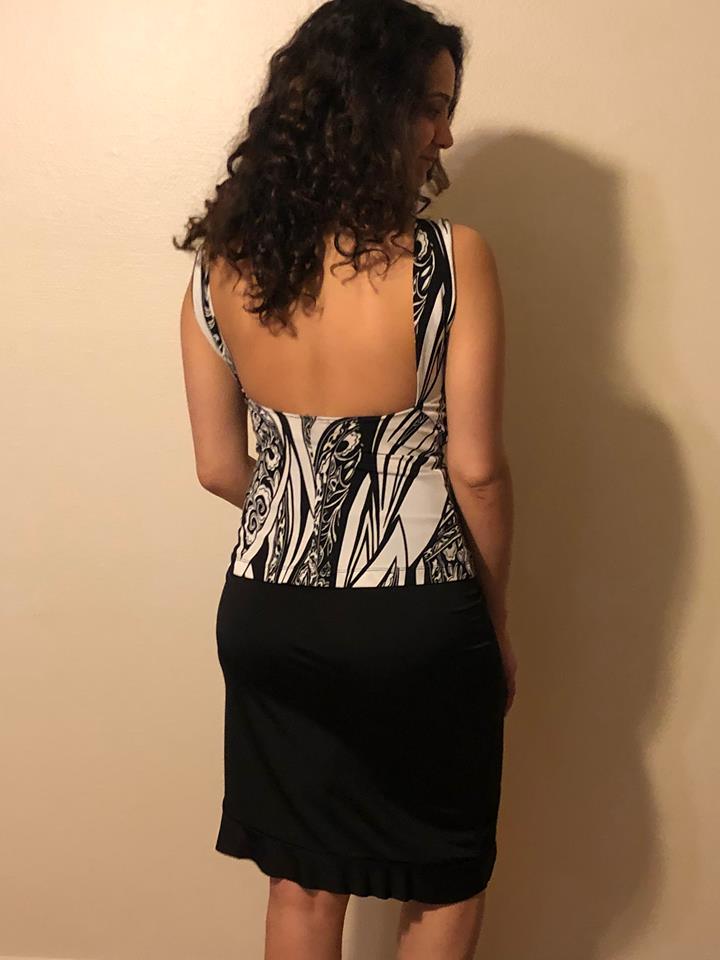
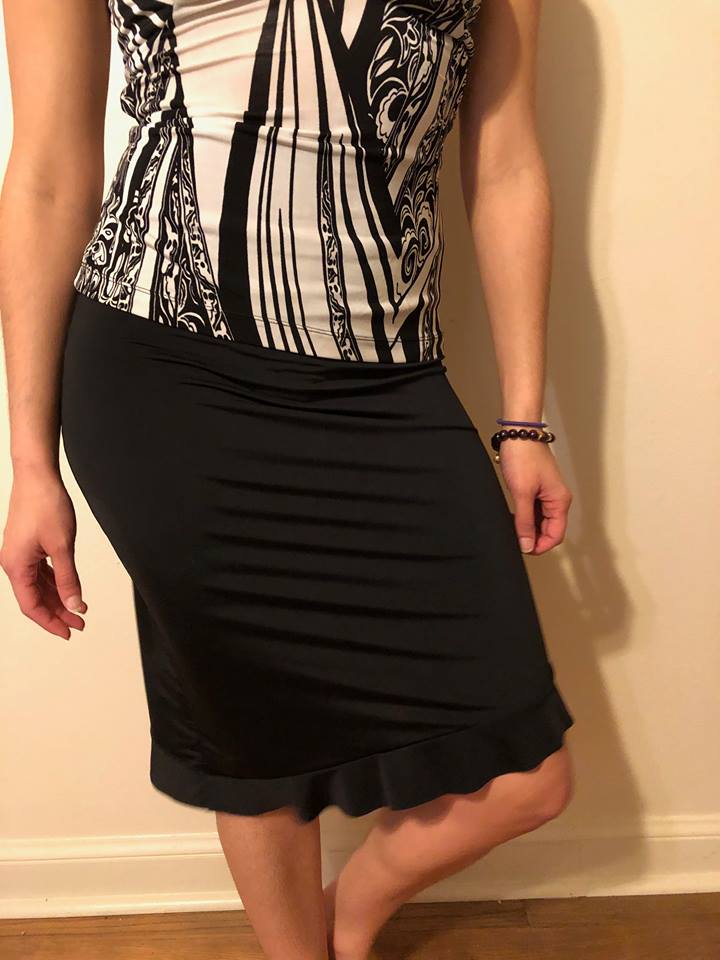

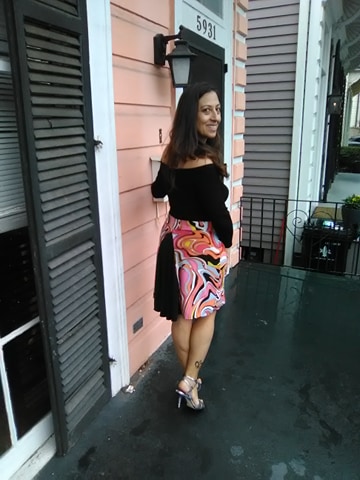



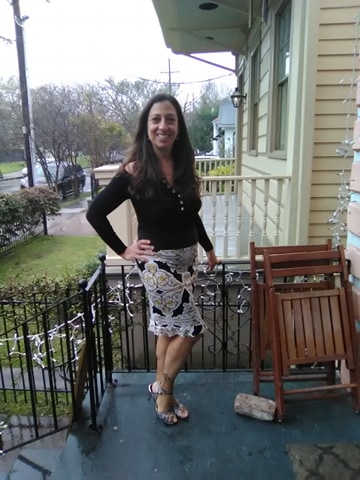
As a physicist, I think it is important to have a minimum knowledge of electronics. I like to create my own circuits, and build them. This is actually very useful, because I can usually repair electronic devices at almost not cost. For example, my old 1984 Corvette C4 has a dimmer module that keeps the dome and door lights on for an extra 15 seconds after I close the door. This module had a failure, and as a consequence I had no lights at all. I went to a Chevrolet auto-parts seller, and they said that they no longer produce those modules. So I had to fix it myself. When I disassembled it, I saw that it consisted only of resistors, capacitors, diodes, and one single transistor. I didn't even have to try to understand the circuit. I simply bet that the transistor was blown, because I know from experience that resistors never break down and that diodes and 12V capacitors are not likely to break down either. So I went to a RadioShack store, purchased a standard transistor with the same power (the original one is no longer produced) for $1.50, and soldered it. And now my dimmer module and lights work again!
In order to illustrate my “electronics” course, and get my students interested in it, I designed and built a 16-band audio spectrum analyzer (see the full project here). My students were able to fully understand how it works and build their own. The video below shows a test of this spectrum analyzer:
While working at Loyola University, I taught the course “Introduction to Neural Networks & Applications” where some methods used in the field of Artificial Intelligence are introduced. In order to show the students a direct application of what they learned, I desisgned and programmed a simple robot that learns how to crawl. The video below shows the robot's progress while learning:
There is no need to be rich to collect old cars... provided that you spend some time in restoring them yourself, at minimum cost. So that's what I'm doing. Actually I was lucky with my 2000 Mustang GT (left picture), because I got it for very cheap and in perfect condition. Later I got a 1984 Corvette C4 (middle picture). The engine was not working well, and after two years I broke the transmission. I had to disassemble it completely in order to replace the broken part. This is a job that usually costs at least $3000, but by doing it myself I ended up spending only $180 for the replacement part and tools! Later, I worked on the engine, and rebuilt the electrical system. Now it works perfectly well. Next I plan on giving it a new paint-job, when I will find the time for it. Later, I got a second Corvette, a C5 Z06 from 2001 (right picture). While the 405 hp engine was in perfect condition, I had to do a lot of electrical fixes. Now that everything works, I also plan on giving it a new paint job when I get a chance.

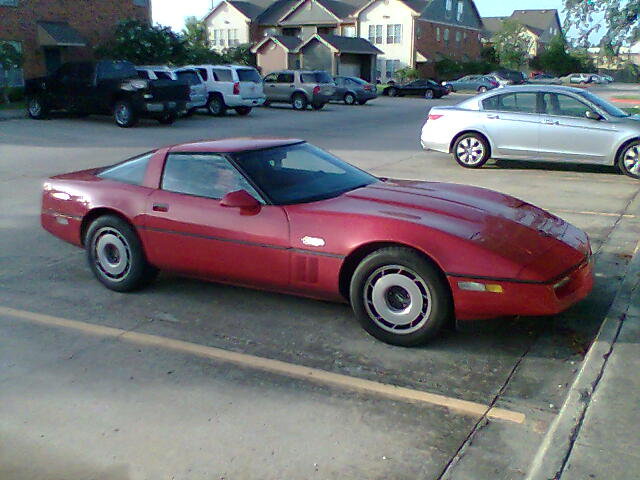
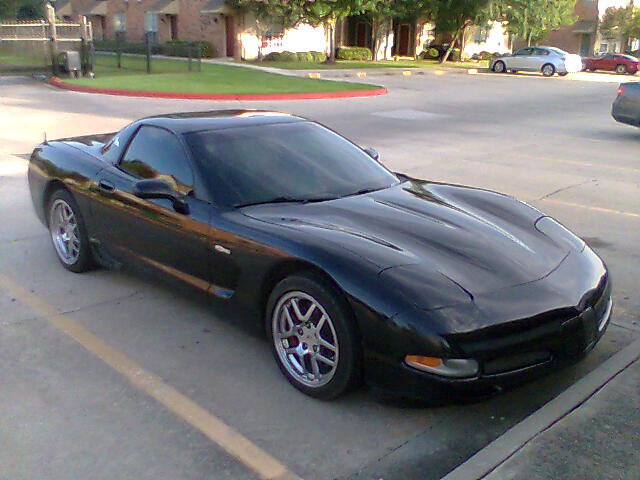
Below is a video of the digital cluster of my 1984 Corvette that I fixed. And you can hear that now the engine works perfectly well!
I never had any piano lessons, and I can't read scores. But after 20 years of practice, here is below an overview of what I can do. I wish I could play in a band, but I never managed to find the time for it.
I like to construct myself my planes, instead of purchasing so-called “ready-to-fly” models. With the advent of Li-Po batteries, electric powered models have become common. These have the advantage of being easy to start and don't suffer from the risk of a stalling engine in flight. However, I'm from the “old school” and I like the charm of gas-powered engines, especially 4-stroke engines, which make the models look and sound more realistic. There exists also micro turbo-jet engines, but these engines are quite expensive (about $4000) and it is not easy to find areas where their use is permitted.
I also like to fly helicopters. My T-Rex has a cyclic pitch and a collective pitch, like in a real helicopter. There is a gyroscope that automatically adjusts the pitch of the tail rotor in order to compensate the torque of the main rotor.
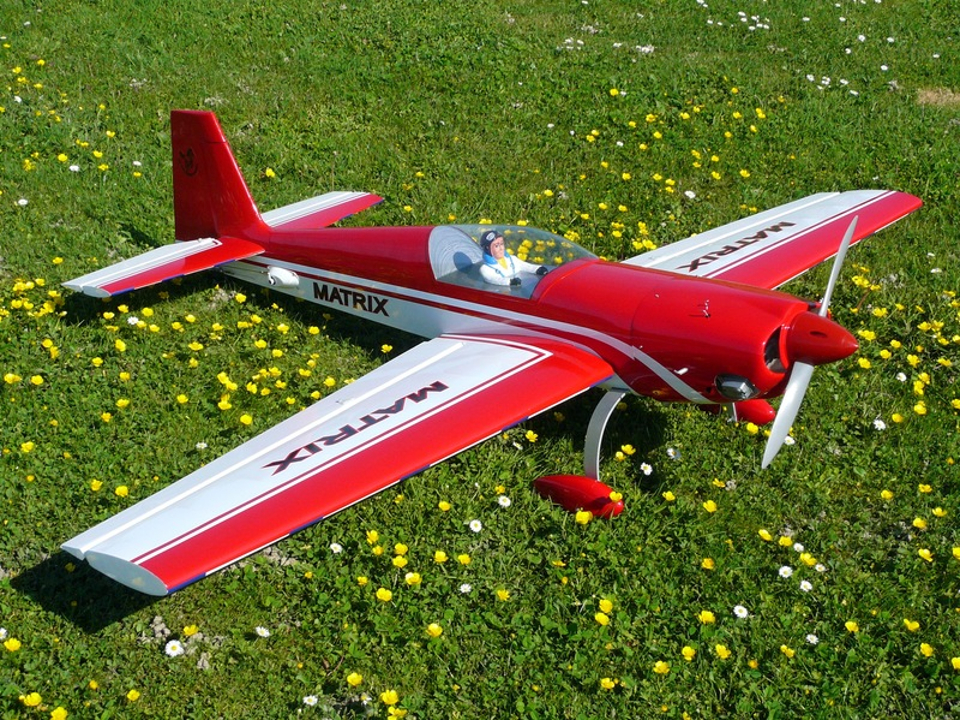
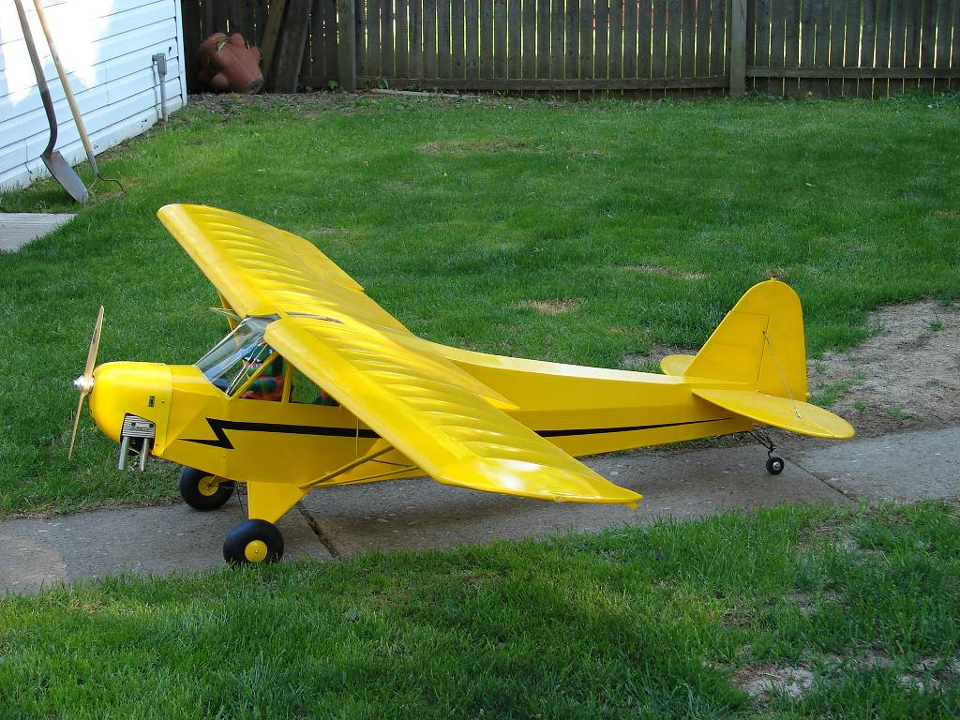
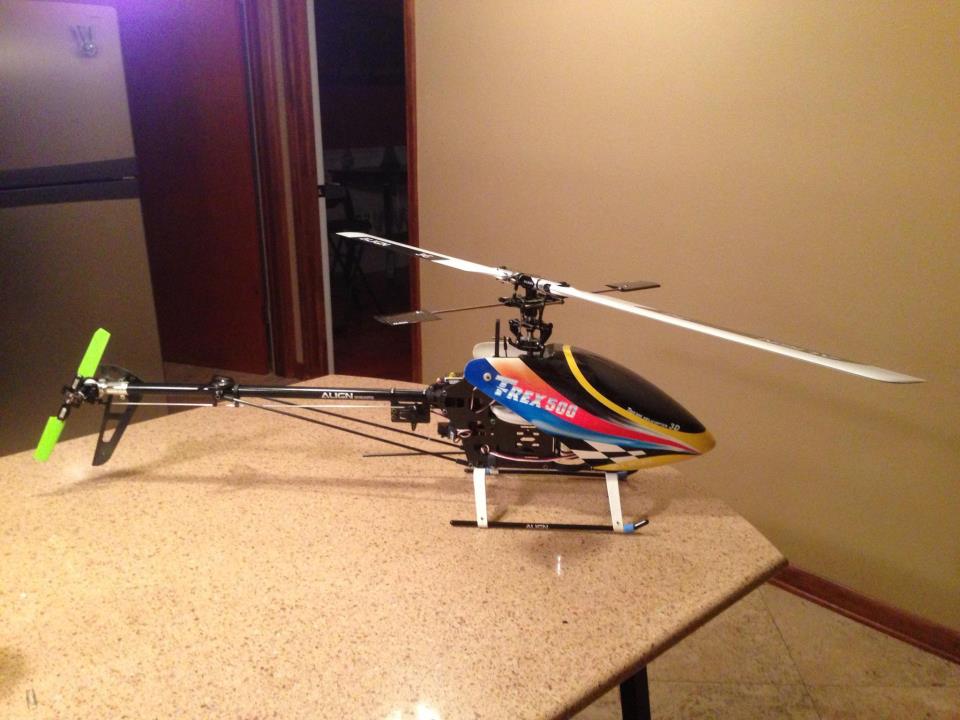
Not sure you want to subscribe? Take a peek at the description of the Blue Moonshine channel to get an idea of its contents.